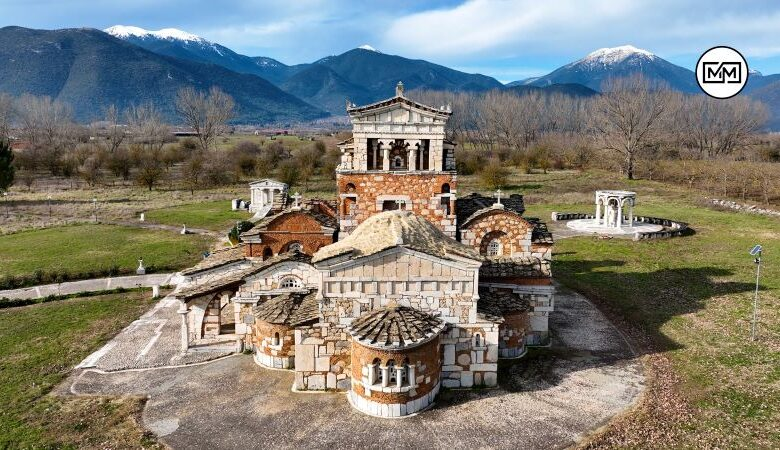Important remains from the Early Minoan era (circa 2,600 B.C.) were revealed near the complex of monuments currently being excavated by archaeologists in Sisi, in the Lasithi region on Crete.
"After the abandonment of the settlement by its people, who left almost the entirety of their material culture in loco, a monumental structure was contructed to the east of the village. This building became the heart of the later west wing. Even though it was destroyed by a fire in 2,500 B.C., its remains were almost fully incorporated into the construction of a complex of monumental buildings with a courtyard, which was constructed around 1,700 BC," said a culture ministry announcement on Thursday.
Further excavation has revealed a decorated floor, contructed with high quality mortar and a well-made 33-metre clay drainage pipe, the ministry said.
Significant finds from lesser-known eras have also been unearthed in other parts of the hill, among them a residence that was destroyed in the Mid-Minoan Era, probably by an earthquake.
A box-shaped grave belonging to the Post-Minoan era containing an almost intact skeleton of a woman was also found. A copper mirror with an ivory handle, dress pins made of copper and a necklace with 15 olive-shaped golden beads and 15 smaller golden beads were also found inside the grave. These kinds of graves are rare on Crete and usually only found in Knossos and Chania.
The culture ministry said that over 100 archaeologists of different nationalities participated in the 10th excavation period conducted by the Belgian School of Athens in Sisi, in collaboration with the Lasithi Antiquities Ephorate under the guidance of Professor Jan Driessen.
Source: amna











